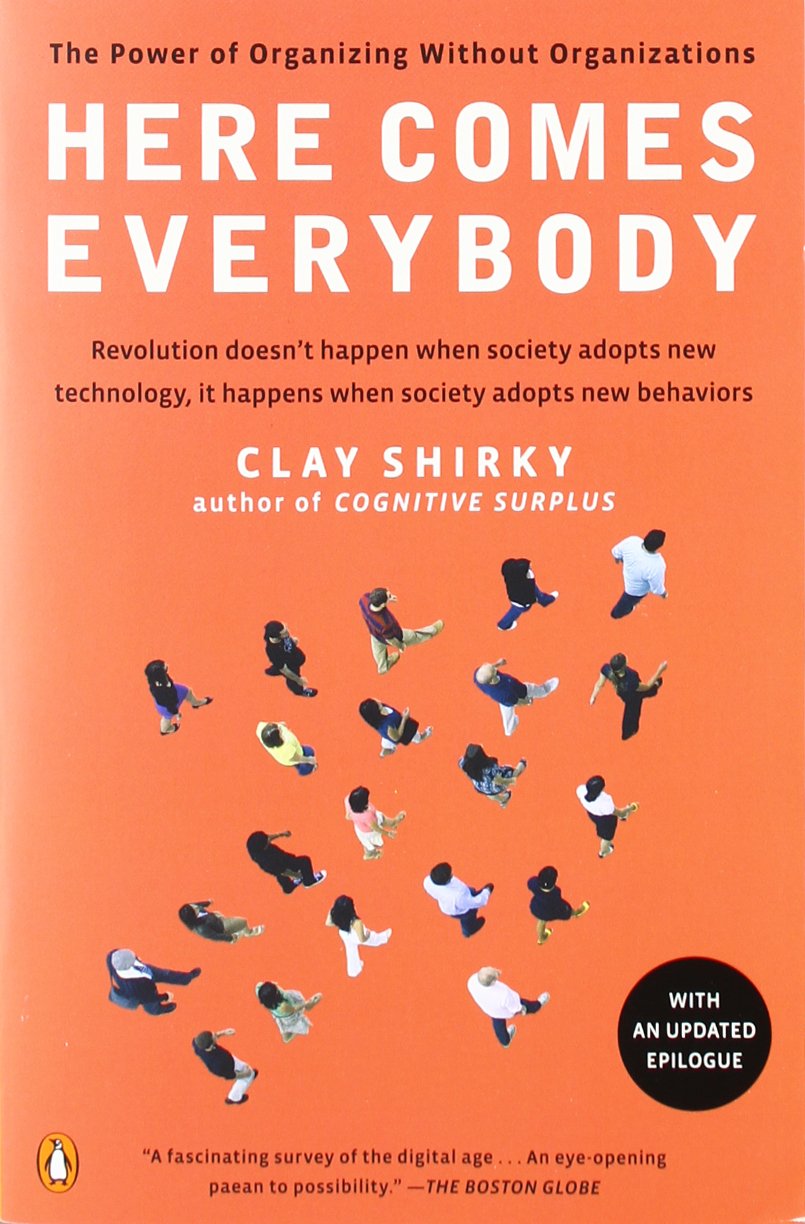


This is cheaper for Flickr, requiring less corporate involvement, and easier for users who are in control of their own group-forming. Collective action requires a group of people to commit themselves to undertaking a particular effort together and to do so in a way that makes the decision of the group binding of all members.Įxample: Flickr, which removes hierarchical organizational structures and allows users to self-organize using tags.Cooperation involves changing behavior to synchronize with people who are changing their own behaviors.Sharing creates the fewest demands on participants.New social tools relieve some of those burdens allow for new kinds of group-forming, like using simple sharing to anchor the creation of new groups” (26). “Groups of people are complex, in ways that make those groups hard to from and hard to sustain much of the shape of traditional insitutions is a response to those difficulties. Tools that provide somple ways of creating groups lead to new groups, lots of new groups, and not just more groups but more kinds of groups… We now have communication tools that are flexible enough to match our social capabilities, and we are witnessing the rise of new ways of coordinating action that take advantage of that change” (20). As Shirky writes, “our native talent for group action meets our new tools. For Shirky, the changes result from the freedom to choose networks a user wants to engage in, but is compounded by the power to publish frequently, easily, and cheaply. In many ways continuing Rheingold’s work, Shirky’s Here Comes Everybody examines the impact digital networking has had on social networking.

Here Comes Everybody : The Power of Organizing Without Organizations.


 0 kommentar(er)
0 kommentar(er)
